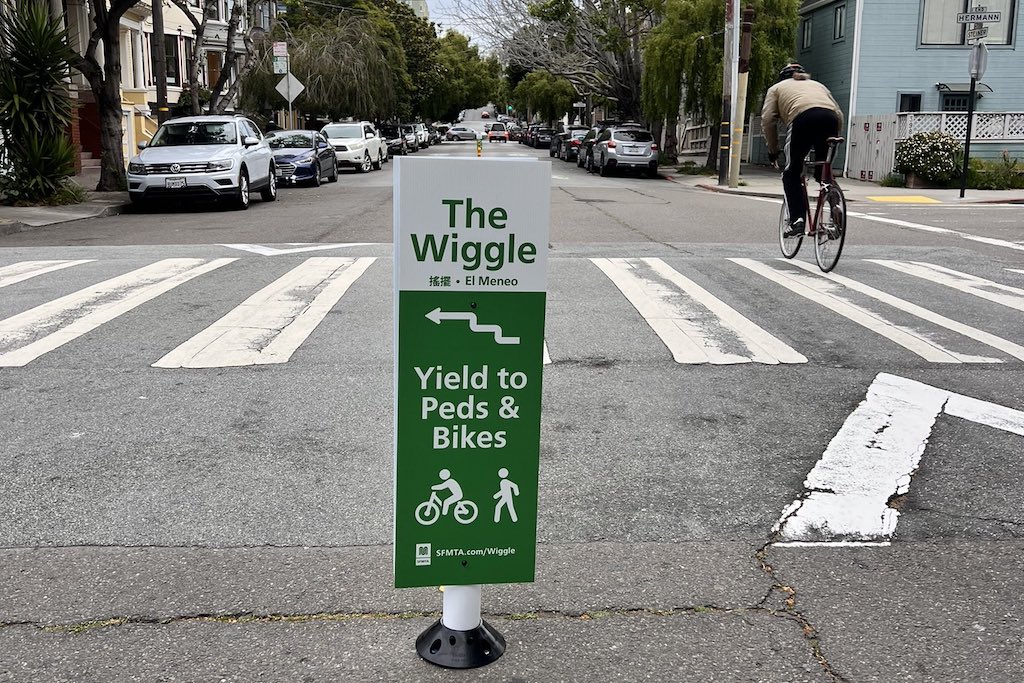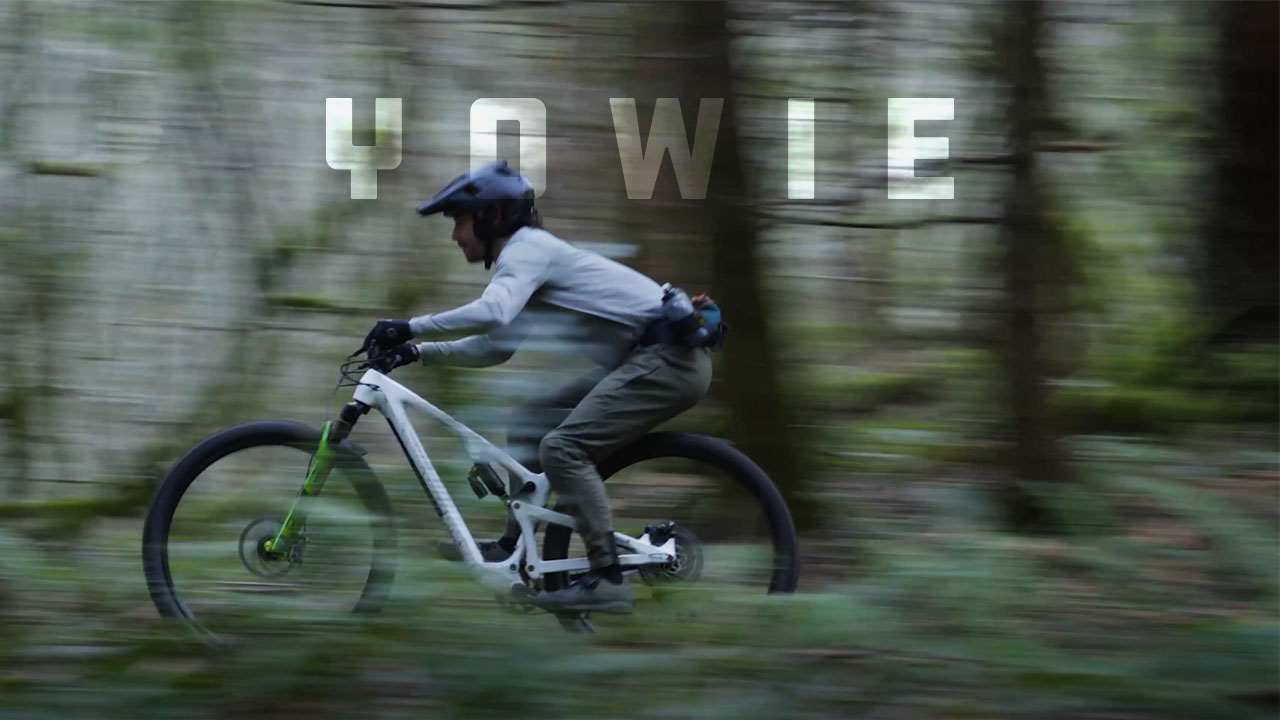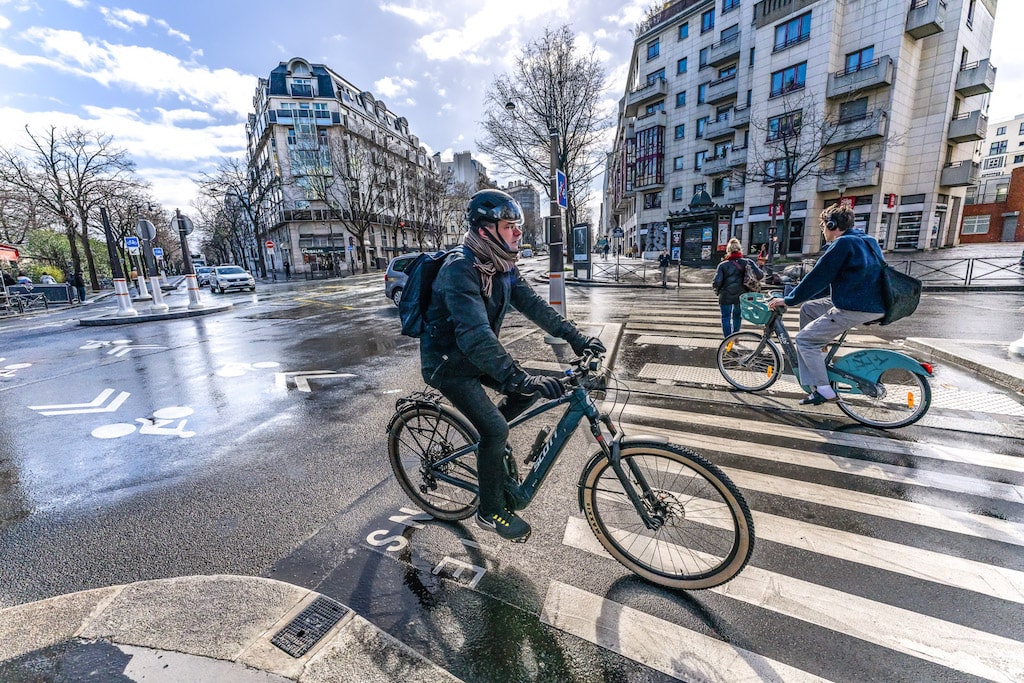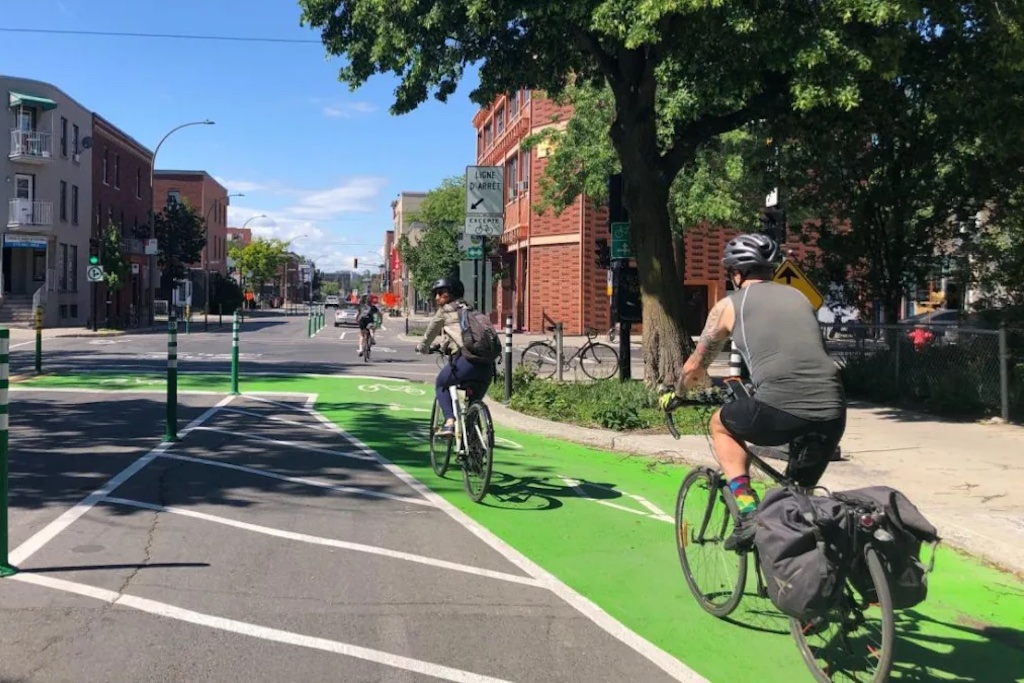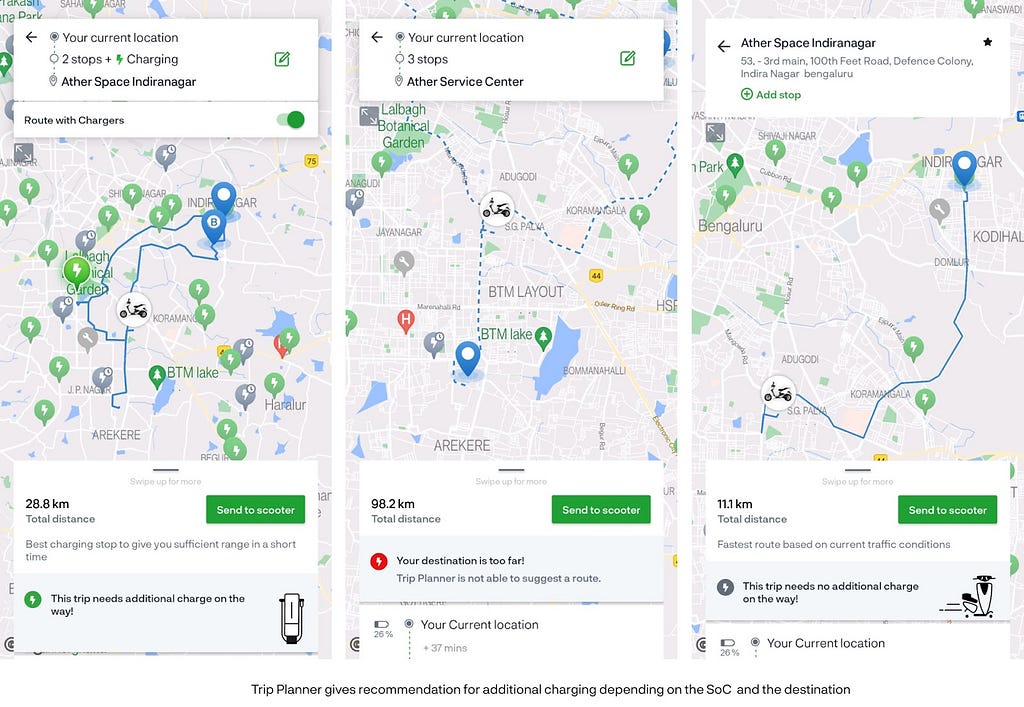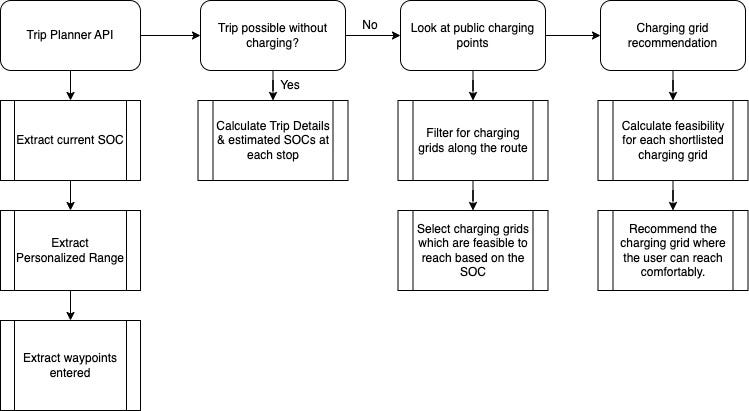From Point to Point
Ather strives to give its users an unforgettable riding experience, whether with its impeccable hardware specs that offer consistent performance or its 10-inch touchscreen display, enabling you to navigate and look at notifications or manage your music on the go.

Ather strives to give its users an unforgettable riding experience, whether with its impeccable hardware specs that offer consistent performance or its 10-inch touchscreen display, enabling you to navigate and look at notifications or manage your music on the go. Speaking of going to places, Trip Planner™ has been that feature helping people plan a day’s worth of activities and go the extra mile without range anxiety creeping up on their plans. We launched this feature in 2022, much before global EV giants caught up. Let’s understand how the feature works.
What is Trip Planner™?
Trip Planner™ is a feature that enables users to plan a day’s worth of travel (or more) without worrying about whether they’ll run out of charge on the way. Trip Planner™ takes the worry from its users by giving them:
- The ability to add multiple (up to five) stops between the start location and the destination.
- Estimates of State of Charge (SoC) and ETA at every step of the journey.
- The time required to charge the vehicle up to a particular SoC at an Ather Grid if the user wishes to do so.
All these features give the user the confidence to ride more and enjoy Ather’s performance without worrying about charging or where to charge.
How has Trip Planner™ evolved?
Launched in 2022, Trip Planner™ was an industry-first feature that aimed to be a reliable cure for range anxiety.
With the number of EV owners and the two-wheeler EV market growing across the country, Trip Planner™ evolved to adapt to customers’ needs. The first version of Trip Planner™ was developed to cater to the imminent issue of being able to reach somewhere with your Ather. In this version, one could enter their destination on the app, and Trip Planner™ would suggest whether additional charging was required on the way. This was an important insight to have, but apart from that, it didn’t do much.
With this, users became more confident to take their scooters out and travel longer distances. The next logical step was allowing users to plan their way back. This upgrade added the round-trip functionality to the feature. While this helped with round trips, it restricted users from planning their whole day, especially trips that did not necessarily result in a round trip.
The third and current version of Trip Planner™ introduced the option of adding multiple stops, with users getting suggestions for fast chargers on the way.
How does Trip Planner™ work?
Trip Planner™ is accessible through the Ather App. The Trip Planner™ API is triggered once the user feeds in the destination and stops en route. To simplify, there are three parts to the algorithm.
First, users can add their trip details via the app from where the origin, destination, and stops (if any) are extracted. The algorithm then performs initial checks to assess the request’s feasibility based on the total distance and the scooter’s current and maximum possible SoC.
Second, after the initial checks, the algorithm checks for multiple edge cases while looking for public charging grids along the way. Charging grids are then filtered based on ease of access and the ability to reach the location with a comfortable SOC.
Finally, after meeting the filtration criteria and checking for various edge cases, the trip is recommended to the user, and the details are reflected on the app.
The algorithm in Trip Planner™ goes through multiple checks to ensure a quick response time with optimised computations. The thresholds set by the algorithm and its respective messages are such that the user is well-informed and can make every stop without range anxiety. The algorithm uses each user’s personalised range to compute the estimates for the trip.
In essence, the overall mechanism can be described as:
- Get grids along the route, and eliminate those grids which would be a large deviation from the original route.
- Select those feasible for the user from these shortlisted grids, considering the SoC with which the user will arrive at the grid point.
- Calculate their grid stop-related information. This includes the percentage of charge they’ll need and the time it’d tentatively take.
- This information gives users more intuition about their trip, removing possible uncertainties they might be thinking about.
- Finally, recommend the grid points which fulfill the above criteria.

How is Personalised Range used in Trip Planner™?
Each rider differs from the other due to their driving style, which affects the range of a scooter. Over the years, the team at Ather use this distinctive riding pattern data to derive a range that is unique to each rider. This is referred to as the personalised range. This range is used by the feature to optimise and recommend charging options to the user.
The key factors that go behind predicting a user’s personalised range are:
- The user’s preferred riding mode. Using historical ride data, a dominant riding mode is determined for each user.
- The efficiency a user typically gets for these modes.
The Trip Planner™ algorithm uses the personalised range for the user’s dominant mode to compute the trip, recommend a grid point (if needed) and provide estimates for the SoC at each stop.
What’s next?
Our persistent iterations with Trip Planner™ have offered a better understanding of ways to tackle range anxiety. Some of the emerging challenges in this include:
- EV users face the anxiety of not being able to travel long distances. How does Trip Planner™ help alleviate that?
- Ways to make the features within Trip Planner™ seamless, giving the user the cognitive space to experience a seamless ride.
- Simplicity while offering control to the user to plan their trip itinerary.
These are certainly moonshots worth gunning for. We believe they will define the industry in the long run. In the upcoming iterations of Trip Planner™, users will be able to:
- Experience Trip Planner™ in real-time with optimal route suggestions and easy access to fast charging points because, let’s be honest, trip plans can change on the fly.
- Go beyond the city limits with Inter-city Trip Planner™, which will offer route suggestions and pre-scheduled charging breaks. With this, the sun will probably set on the word range anxiety.
Edited by Udipto Phukan, Ritesh Pahal, and Sangeeth KN
From Point to Point was originally published in Ather Energy on Medium, where people are continuing the conversation by highlighting and responding to this story.
What's Your Reaction?









